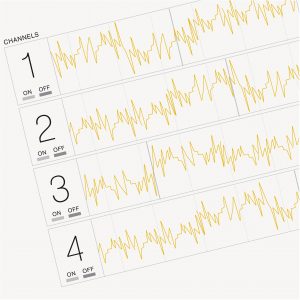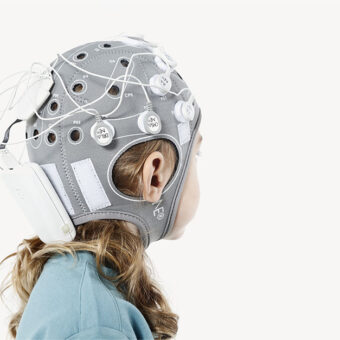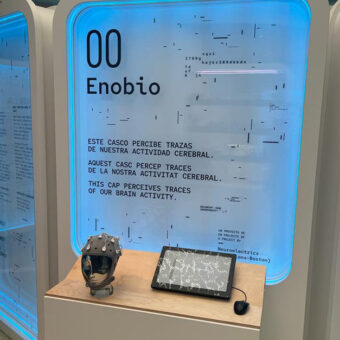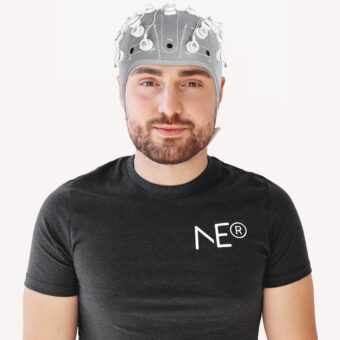Artificial Intelligence (AI) has been part of our imaginations and simmering in research labs since a group of computer scientists rallied around this topic at the Dartmouth Conference in 1956. They would give birth to the field of AI.
In the decades since, AI has exploded, especially since 2015. Much of that has to do with the wide availability of GPUs. They make parallel processing ever faster, cheaper, and more powerful. It also has to do with the simultaneous increase in storage capacity and a flood of data of every stripe. (That whole Big Data movement) – images, text, transactions, mapping data, etc.
The two main milestones in AI that have made significant advancements in the field are Machine Learning and Deep Learning.
Machine Learning is the practice of using algorithms to parse data, learn from it, and then make a determination or prediction about something in the world. This is at its most basic. Rather than hand-coding software routines with a specific set of instructions to accomplish a particular task, the machine is “trained”. How? By using large amounts of data and algorithms that give it the ability to learn how to perform the task.
Deep Learning enables many practical applications of Machine Learning and by extension the overall field of AI. Deep Learning breaks down tasks in ways that make all kinds of machine assists seem possible, even likely. Driverless cars, better preventive health care, even better movie recommendations, are all here today or on the horizon. AI is the present and the future. With Deep Learning’s help, AI could make that science fiction state a reality.
How can we apply AI, Machine Learning or Deep Learning to EEG data? There is evidence that EEG characteristics can be used as an indication (a biomarker) of some diseases. For example, in a project funded by The Michael J. Fox Foundation, our findings indicate that there are significant differences in the EEG data of different RBD patients compared to healthy populations. More specifically, RBD subjects as a group had larger power in the frontal EEG electrodes than healthy subjects. Again taken as a group. Therefore, there is statistical significance in the difference between one group and the other. However, if we want to use this as a means for diagnosis, we need to take into account that diagnostic decisions are made on individuals, not on groups. For this to happen we need a decision system. We would input the data of a particular individual subject. Then we would get an answer on whether this individual is likely to develop, for instance, a neurodegenerative disease. Here is where Machine Learning and Deep Learning come into play.
We designed an early diagnostic system based on Echo State Networks (ESN) that takes specific features of EEG data as an input. This input can predict if the subject is likely to develop Parkinson’s Disease (PD) 10-15 years before developing any symptoms. We obtained excellent results by predicting individual PD development with 85% accuracy [1]. More recently, other deep learning techniques allowed us to achieve a similar performance while reducing the computational cost and avoiding the need for feature selection [2]. This would allow implementing preventive treatments before the disease actually develops and it is too late for treatment.
In the near future, we envision these techniques to enable early diagnosis systems for the detection of neurodegenerative diseases. We can also use them to show signature patterns in physiological data. This can range from spine injuries to heart disease or cancer. This could even change how we treat early diagnosis.
Here at Neuroelectrics, we strive to move the marker to make technology that can effect positive change in the future. Want to know more about Neuroelectrics’ EEG products? Click Here
[1] Ruffini G, Ibáñez D, Castellano M, Dunne S, Soria-Frisch A. EEG-driven RNN classification for prognosis of neurodegeneration in at-risk patients. ICANN 2016 2016;
[2]Giulio Ruffini, David Ibanez Soria, Laura Dubreuil, Jean-Francois Gagnon, Aureli Soria-Frisch. Deep learning using EEG spectrograms for prognosis in idiopathic rapid eye movement behavior disorder (RBD). bioRxiv 240267; DOI: https://doi.org/10.1101/240267 (2018)





